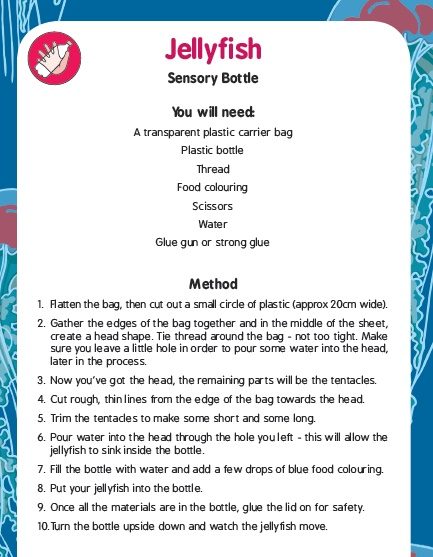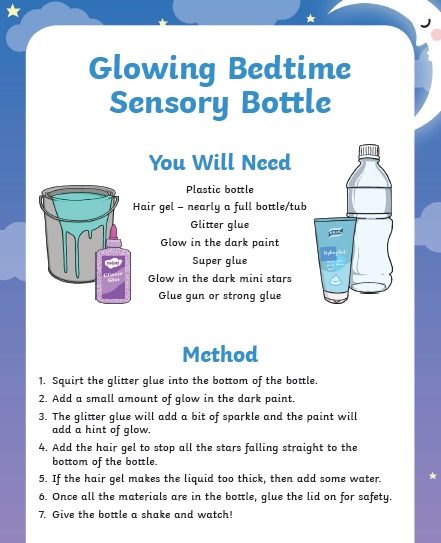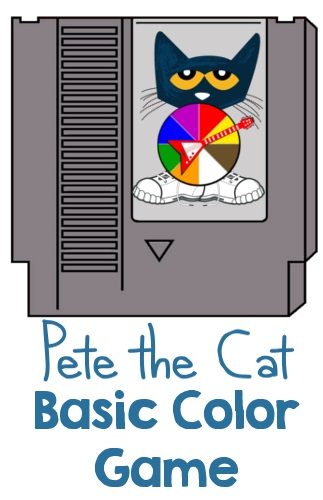Sensory Calming Activities provide sensory input and they help your child stay calm, self regulate and be less fidgety. These sensory calming activities will also reduce
your child’s stress and anxiety too.




Sensory Calming Activities provide sensory input and they help your child stay calm, self regulate and be less fidgety. These sensory calming activities will also reduce
your child’s stress and anxiety too.




Here are some recipes for sensory play to make with your child. Remember the ‘measuring,’ mixing, and pouring while making it with you, will be as much fun as playing with the end product 🙂 !
NB – while almost all these recipes are ‘edible’ they shouldn’t be consumed in large quantities. Fluffy Slime is not edible.









In Room 7 we have all loved the Pete the Cat stories and songs. Just click the images below to view the pages.
You’ll find our favourite Pete the Cat game here. There are many fun other games on this page too. Check them out!
This is a great interactive page with lots of story-songs about our favourite Pete the Cat!
https://youtu.be/VwmkzeTAJ8I?list=PLjT4XhijakZjWIMLJt4UIANIZ_l4c9cVR
This is a selection of Makaton signed stories.
List of “Heavy Work” working on on Proprioceptive and Vestibular Input
-need tight hugs to calm down, or the opposite and avoid hugs and closeness
-seek out movement activities like jumping and climbing
-appear clumsy and accident prone – stubbing toes, bumping into walls and doors, tripping over feet
-enjoys rough housing and wrestling play
-poor postural control (falls from chairs frequently)
-poor eye / hand or eye / foot coordination
-may feel insecure in movement (may dislike coming down stairs)
-seeks out intense movement like running, swinging, spinning (doesn’t get dizzy easily)
-often suffers from motion sickness, doesn’t enjoy spinning or quick movements or being held up in the air or upside down.
1 “Hot dog” game, where the child lies across the end of a blanket and is rolled (ends up in rolled up blanket)
2 Carry heavy items (baskets with cardboard blocks, laundry, bag for teacher, etc.)
3 Tug of war
4 Scooter board to and from a designated location (sit and lie on stomach use arms to propel)
5 Pillow cases with a few stuffed animals (for weight) and drag and pull them up a ramp, incline or stairs. Climb on, hide under, jump on pillows or cushions and play squashy sandwich games between them.
6 Push someone around on a scooter board
7 Squeeze toy sensory fidgets, ones that do not make noise as that is disturbing to classroom
8 Drink milkshake through a thin straw
9 Play row row row your boat sitting on the floor rowing against each other
10 Rice play, koosh balls, water play, jelly play and putty
11 Two adults swing the child in a sheet
12 Mini trampoline
13 Wash table, desks or counter tops
14 Bounce a large ball
15 Pinch, roll or pull putty, Play with balloon filled with flour.
We wanted to put together some ideas and resources of ideas to keep you busy while the kids are off school. We hope you all find it useful.
Please feel free to contact us via email to share photos or to gt any help or advice while we are all away from school. We will hope to post some of your pics on here, to share with the other blog members, and will get back to you as soon as possible if there is any way we can help while we are off.
Morna – gw07mckenziemorna@glow.sch.uk
Emma – gw14stevensonemma1@glow.sch.uk